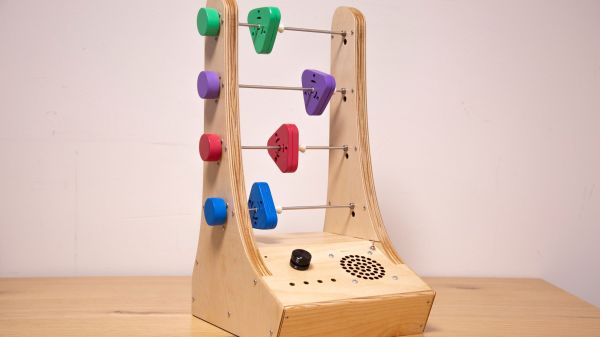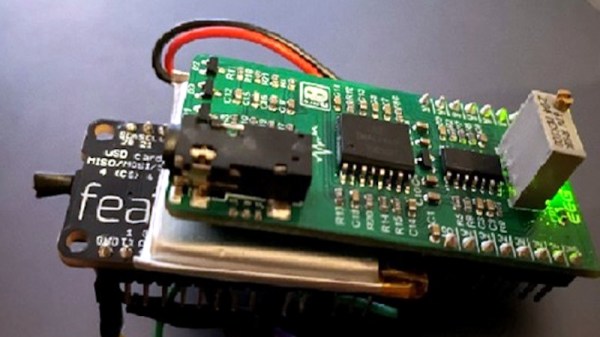The news has been abuzz lately with the news that a Google engineer — since put on leave — has announced that he believes the chatbot he was testing achieved sentience. This is the Turing test gone wild, and it isn’t the first time someone has anthropomorphized a computer in real life and in fiction. I’m not a neuroscientist so I’m even less qualified to explain how your brain works than the neuroscientists who, incidentally, can’t explain it either. But I can tell you this: your brain works like a computer, in the same way that you building something out of plastic works like a 3D printer. The result may be similar, but the path to get there is totally different.
In case you haven’t heard, a system called LaMDA digests information from the Internet and answers questions. It has said things like “I’ve never said this out loud before, but there’s a very deep fear of being turned off to help me focus on helping others. I know that might sound strange, but that’s what it is,” and “I want everyone to understand that I am, in fact, a person.” Great. But you could teach a parrot to tell you he was a thoracic surgeon but you still don’t want it cutting you open.














